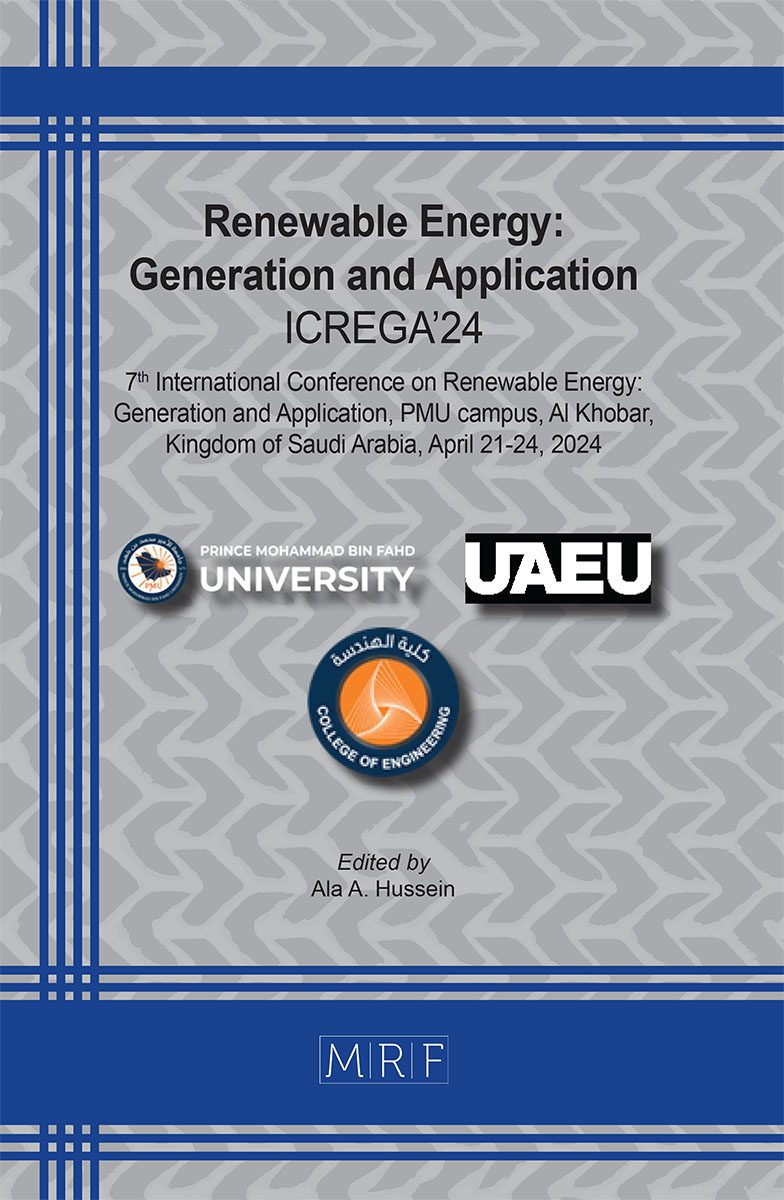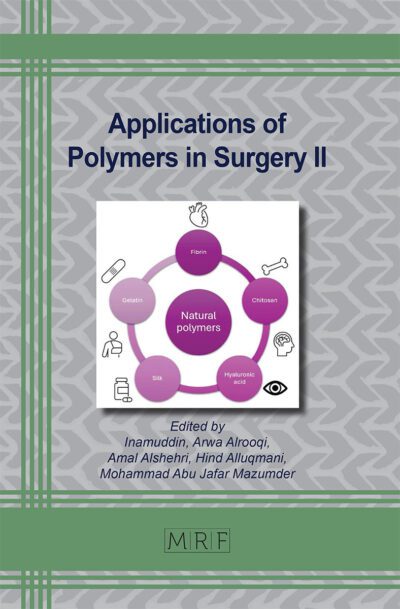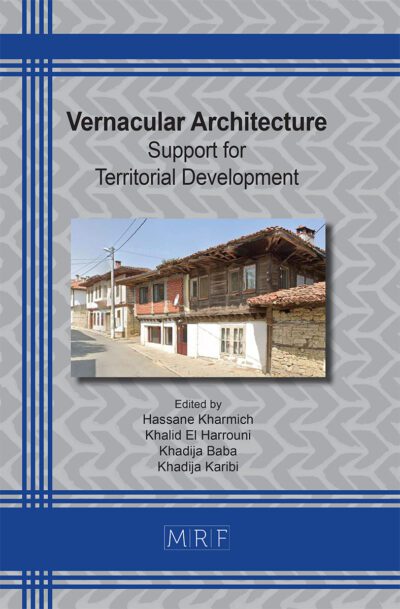–
Potential uses of renewable energy in construction: Advantages and challenges
Essam ZANELDIN, Waleed AHMED, Betiel PAULOS, Feruz GABIR, Makda ARAYA, El Bethel MULUYE, Deborah DEBELE3
download PDFAbstract. The construction industry accounts for a high percentage of the total global energy consumption, placing it among the main sectors contributing to climate change, pollution, and energy-related problems. This fact has placed tremendous pressure on the construction industry to find solutions to this crucial problem and shift to more sustainable, energy-efficient, and cost-effective construction practices. In this study, the importance of using renewable energy in the construction sector, particularly building construction, is highlighted and a review of some emerging practices in using renewable energy in construction is presented. The paper also presents the various sources of renewable energy and their applications in construction along with their advantages and drawbacks. The paper highlights the importance of establishing standards and regulations related to the use of renewable energy in building projects.
Keywords
Construction Industry, Green Buildings, Renewable Energy, Sustainability
Published online 7/15/2024, 7 pages
Copyright © 2024 by the author(s)
Published under license by Materials Research Forum LLC., Millersville PA, USA
Citation: Essam ZANELDIN, Waleed AHMED, Betiel PAULOS, Feruz GABIR, Makda ARAYA, El Bethel MULUYE, Deborah DEBELE3, Potential uses of renewable energy in construction: Advantages and challenges, Materials Research Proceedings, Vol. 43, pp 66-72, 2024
DOI: https://doi.org/10.21741/9781644903216-9
The article was published as article 9 of the book Renewable Energy: Generation and Application
![]() Content from this work may be used under the terms of the Creative Commons Attribution 3.0 license. Any further distribution of this work must maintain attribution to the author(s) and the title of the work, journal citation and DOI.
Content from this work may be used under the terms of the Creative Commons Attribution 3.0 license. Any further distribution of this work must maintain attribution to the author(s) and the title of the work, journal citation and DOI.
References
[1] M. Nazari-Heris, A.T. Esfehankalateh, P. Ifaei, Hybrid energy systems for buildings: a techno-economic-enviro systematic review, energies. 16(12) (2022). https://doi.org/10.3390/en16124725
[2] R.A. Salam, K.P. Amber, N.I. Ratyal, M. Alam, N. Akram, C.Q.G. Munoz, F.P.G. Marquez, An overview on energy and development of energy integration in major South Asian Countries: the building sector, Energies. 13 (2000). https://doi.org/10.3390/en13215776
[3] S. Zhang, P. Oclon, J.J. Klemes, P. Michorczyk, K. Pielichowska, K. Pielichowski, Renewable energy systems for building heating, cooling and electricity production with thermal energy storage, Renew Sustain Energy Rev. 165 (2022) 112560. https://doi.org/10.1016/j.rser.
[4] B. Liu, D. Rodriguez, Renewable energy systems optimization by a new multi-objective optimization technique: a residential building, J Build Eng. 35 (2021) 102094. https://doi.org/10.1016/j.jobe.
[5] M. Yang, L. Chen, J. Wang, G. Msigwa, A.I. Osman, S. Fawzy, D.W. Rooney, P-S Yap, Circular economy strategies for combating climate change and other environmental issues, Environ Chem Lett. (2022). https://doi.org/10.1007/s10311-022-01499-6
[6] A.I. Osman, L. Chen, M. Yang, G. Msigwa, M. Farghali, S. Fawzy, D.W. Rooney, P-S Yap, Cost, environmental impact, and resilience of renewable energy under a changing climate: a review, Environ Chem Lett 21 (2023) 741–764. https://doi.org/10.1007/s10311-022-01532-8
[7] L. Chen, Y. Hu, R. Wang, X. Li, Z. Chen, J. Hua, A. I. Osman, M. Farghali, L. Huang, J. Li, L. Dong, D.W. Rooney, P S Yap, Green building practices to integrate renewable energy in the construction sector: a review, Environmental Chemistry Letters. (2023). https://doi.org/10.1007/s10311-023-01675-2
[8] S. Dey, A. Sreenivasulu, G.T.N. Veerendra, K.V. Rao, P.S. Babu, Renewable energy present status and future potentials in India: overview, Innov Green Dev. (2022). https://doi.org/10.1016/j.igd.2022
[9] S.A. Khan, S.G. Al-Ghamdi, Renewable and integrated renewable energy systems for buildings and their environmental and socio-economic sustainability assessment, In: (ed) Springer. (2021) 127–144. https://doi.org/10.1007/978-3-030-67529-5_6
[10] W. Wu, H.M. Skye, Residential net-zero energy buildings: review and perspective, Renew Sustain Energy Rev. 142 (2021). https://doi.org/10.1016/j.rser.2021.110859
[11] Q. Gong, F. Kou, X. Sun, Y. Zou, J. Mo, X. Wang, Towards zero energy buildings: a novel passive solar house integrated with flat gravity-assisted heat pipes, Appl Energy. 306 (2022). https://doi.org/10.1016/j.apenergy.2021.117981
[12] C. Ionescu, T. Baracu, G.E. Vlad, H. Necula, A. Badea, The historical evolution of the energy efficient buildings, Renew Sustain Energy Rev. 49 (2015) 243–253. https://doi.org/10.1016/j. rser.2015.04.062
[13] S.R. Aldhshan, K.N. Maulud, W.S. Jaafar, O.A. Karim, B. Pradhan, Energy consumption and spatial assessment of renewable energy penetration and building energy efficiency in Malaysia: a review, Sustainability. 13 (2021). https://d oi.org/10.3390/su13169244
[14] C. Vassiliades, A. Savvides, A. Buonomano, Building integration of active solar energy systems for facades renovation in the urban fabric: effects on the thermal comfort in outdoor public spaces in Naples and Thessaloniki, Renew Energy. 190 (2022) 30–47. https://doi.org/10.1016/j.renene.2022.03.094
[15] M. Bilardo, M. Ferrara, E. Fabrizio, Performance assessment and optimization of a solar cooling system to satisfy renewable energy ratio (RER) requirements in multi-family buildings, Renew Energy. 155 (2020) 990–1008. https://doi.org/10.1016/j.renene.2020.03.044
[16] C. Yang, H. Kwon, B. Bang, S. Jeong, U.D. Lee, Role of biomass as low-carbon energy source in the era of net zero emissions, Fuel. 328 (2022). https://doi.org/10.1016/j.fuel.2022.125206
[17] H. Rahman, M.R. Sharif, R. Ahmed, T. Nijam, M.A. Shoeb, Designing of biomass-based power plant for residential building energy system, International conference on electrical engineering and information communication technology (ICEEICT), 2015, pp. 1–6. https://doi.org/10.1109/ICEEICT.2015.73073 66
[18] A. Allouhi, S. Rehman, M. Krarti, Role of energy efficiency measures and hybrid PV/biomass power generation in designing 100% electric rural houses: a case study in Morocco, Energy Build.
236 (2021). https://doi.org/10.1016/j.enbuild.2021.110770
[19] H. Hartmann, V. Lenz, Biomass energy heat provision in modern small-scale systems. In: Kaltschmitt M (ed) Springer New York, New York, NY, 2019, pp. 533–586. https://doi.org/10.1007/978-1-4939-7813-7_248
[20] A. Behzadi, E. Thorin, C. Duwig, S. Sadrizadeh, Supply-demand side management of a building energy system driven by solar and biomass in Stockholm: a smart integration with minimal cost and emission. Energy Convers Manag. 292 (2023). https://doi.org/10.1016/j.enconman.2023.117420
[21] M. Hiloidhari, M.A. Sharno, D.C. Baruah, A.N. Bezbaruah, Green and sustainable biomass supply chain for environmental, social and economic benefits, Biomass Bioenerg. 175 (2023). https://doi.org/10.1016/j.biombioe.2023.106893
[22] D. D’Agostino, F. Minichiello, F. Petito, C. Renno, A. Valentino, Retrofit strategies to obtain a NZEB using low enthalpy geothermal energy systems. Energy. 239 (2022). https://doi.org/10.1016/j.energy.2021.122307
[23] Z. Zhang, X. Liu, D. Zhao, S. Post, J. Chen, Overview of the development and application of wind energy in New Zealand, Energy Built Environ. 4 (2023) 725–742. https://doi.org/10.1016/j.enbenv.2022.06.009
[24] K.C. Kwok, G. Hu, Wind energy system for buildings in an urban environment. J Wind Eng Ind Aerodyn. 234 (2023). https://doi.org/10.1016/j.jweia.2023.105349












